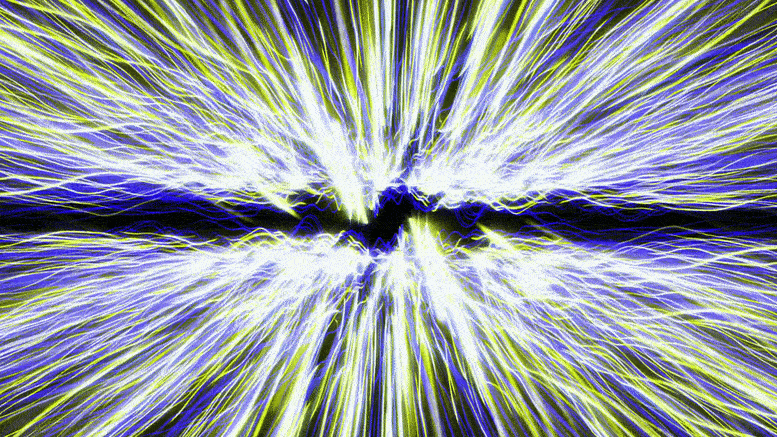

Magnetoelectric heterostructures allow the constituting magnetic and dielectric materials to interact such that the electrical response of the dielectric material can be modulated by magnetically stimulating the magnetic material, and vice versa. Mechanisms of magnetoelectric coupling in magnetoelectric composites/heterostructures Here we focus on the guidance provided by theory and computation on understanding and designing magnetoelectric materials. There exist a number of comprehensive reviews (see recent ones in refs 9, 10, 11, 12, 13) concerning magnetoelectric materials. We compile a rather comprehensive dataset of magnetoelectric coupling coefficients of magnetoelectric composites and heteostructures, and briefly discuss the perspective for implementing a data-driven computational design of magnetoelectric composites (the bottom layer in Fig. Several remaining questions concerning magnetoelectric heterostructures are then discussed. 1), predicting new types of magnetoelectric couplings, and designing magnetoelectric heterostructures for optimum device performances (the middle layer in Fig. After an introduction to magnetoelectric heterostructures and different mechanisms of magnetoelectric coupling, we show how computational methods such as density functional theory (DFT) calculations, phase-field method, and finite-element calculations have been utilized for understanding the magnetoelectric coupling mechanisms at multiple scales (corresponding to the top layer in Fig. In this article, we review recent progresses in computational modeling of magnetoelectric heterostructures. We compile a relatively comprehensive experimental dataset on the magnetoelecric coupling coefficients in both bulk and thin-film magnetoelectric composites and offer a perspective on the data-driven computational design of magnetoelectric composites at the mesoscale microstructure level.

We outline a number of unsolved issues concerning magnetoelectric heterostructures. In this article, we discuss recent progresses on the understanding of magnetoelectric coupling mechanisms and the design of magnetoelectric heterostructures guided by theory and computation. The strength of magnetoelectric coupling can be tailored by choosing suited materials for each constituent and by geometrical and microstructural designs. The magnetoelectric coupling in these composites and heterostructures is typically achieved through the exchange of magnetic, electric, or/and elastic energy across the interfaces between the different constituent materials, and the coupling effect is measured by the degree of conversion between magnetic and electric energy in the absence of an electric current. Magnetoelectric composites and heterostructures integrate magnetic and dielectric materials to produce new functionalities, e.g., magnetoelectric responses that are absent in each of the constituent materials but emerge through the coupling between magnetic order in the magnetic material and electric order in the dielectric material.


 0 kommentar(er)
0 kommentar(er)
